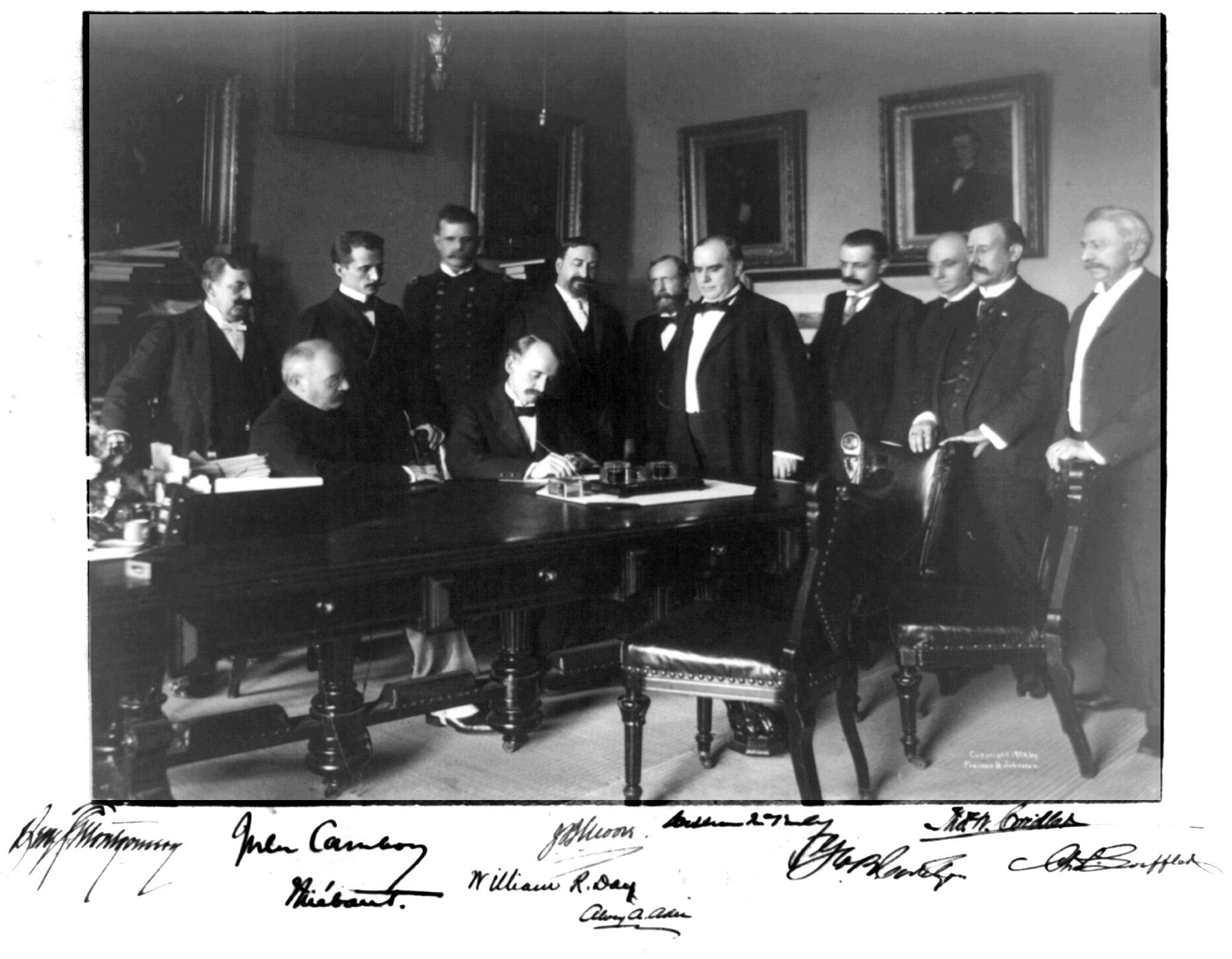IX
PHILIPPINE-FRENCH COOPERATION IN PREHISTORIC ARCHAEOLOGY by Omar Choa, PhD Muséum national d’histoire naturelle, France
Southwestern Philippines: The Tabon Caves Complex
L
ocated on the southwestern coast of Palawan, the Tabon Caves Complex is a vast network of over 200 caves and rockshelters that honeycomb the majestic limestone formations of Lipuun Point (Figure 232). The complex is extremely rich in archaeological remains that span 40,000 years of human presence in the region. The most significant of these remains are the Late Pleistocene human bones discovered in the eponymous centerpiece site of the complex, Tabon Cave (Figure 233).61 They currently constitute the oldest fossils that are confirmed to belong to our own species, Homo sapiens, in the entire Philippine archipelago. Tabon Cave has concentrated and symbolized PhilippineFrench collaboration in prehistoric archaeology over the past thirty years. This collaboration is embodied by the fruitful partnership built and nurtured by Dr. Eusebio Dizon of the Philippines and Prof. François Sémah of France, mainly across three institutions: the National Museum of the Philippines, the University of the Philippines-Diliman, and the Muséum national d’histoire naturelle (the French National Museum of Natural History). Although the partnership initially centered around scientific research, notably the study of the Tabon fossils by Dr. Florent Détroit and Dr. Christophe Falguères,62 it eventually blossomed to develop multiple dimensions. With support from the French government, students, researchers, and professors crossed the Eurasian continent in both directions as part of academic exchanges. Meanwhile, European funding enabled the organization of events that brought together international participants and members of local communities to learn prehistoric archaeology and heritage management hands-on. The 356
DISCOV _INT PP 050719.indd 368
5/7/19 8:55:32 PM


































